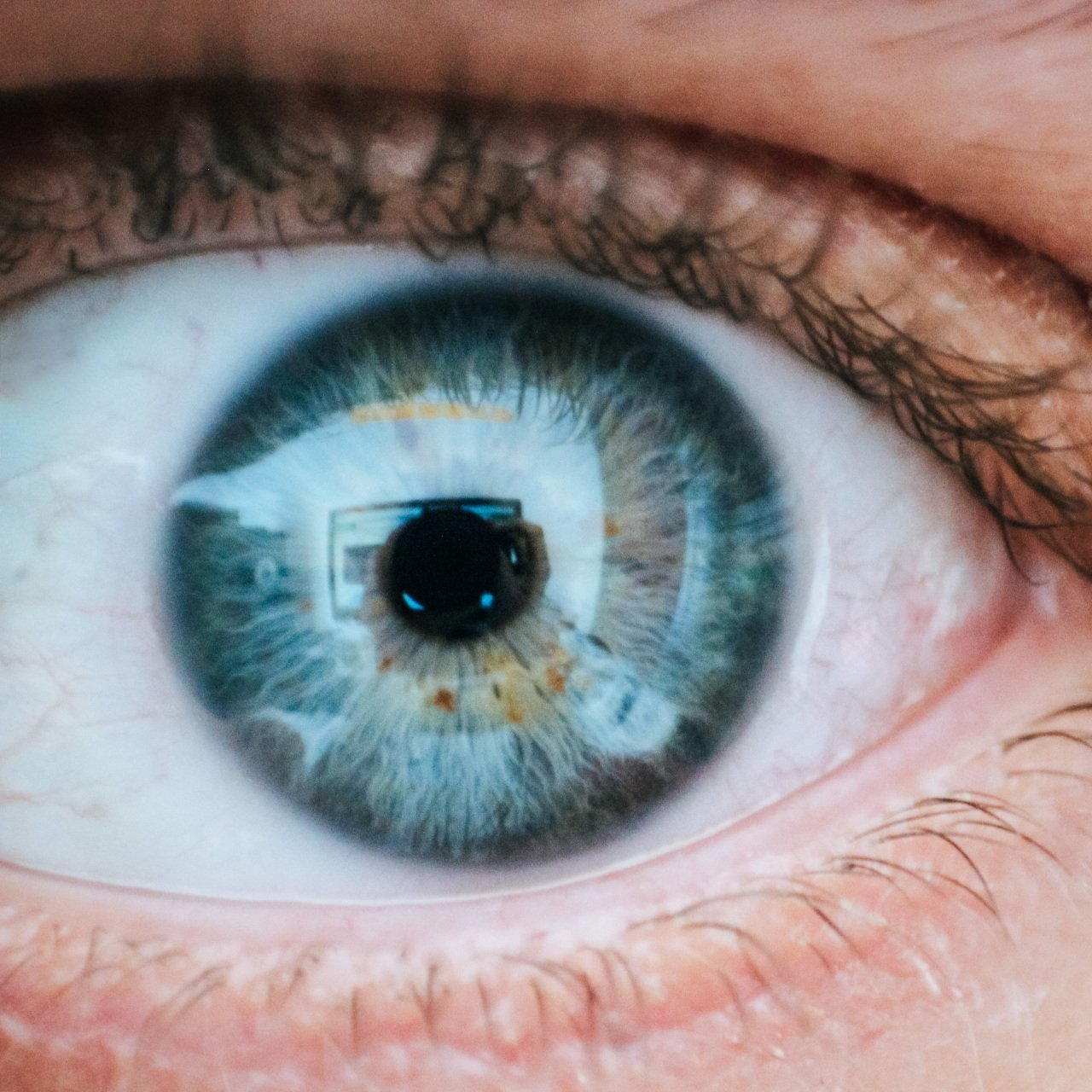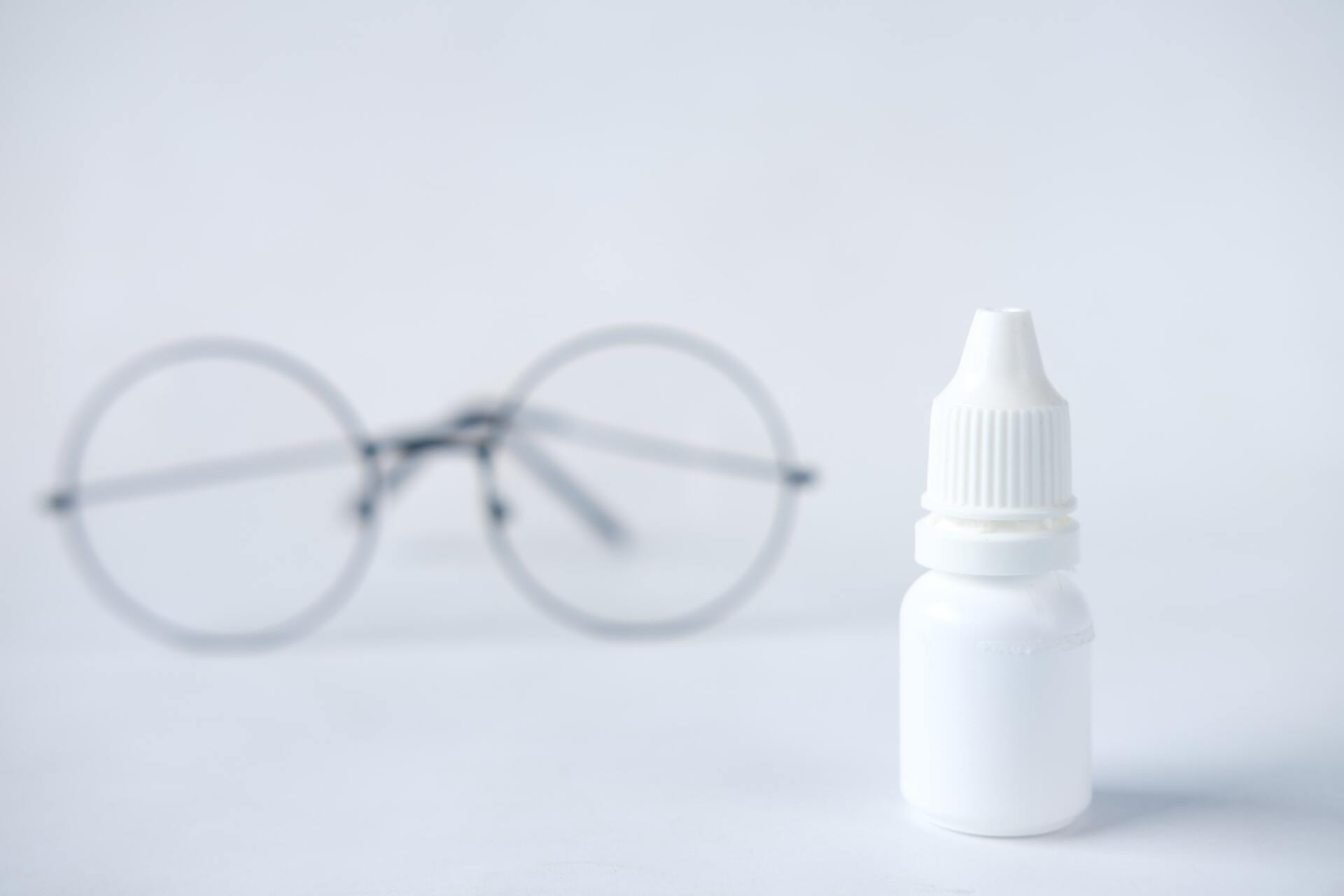Dry Eye
Common Questions About Dry Eye
In epidemiological studies performed globally, the prevalence of dry eye disease ranges from 5 to 50 percent. Based on data from the National Health and Wellness Survey 6.8 percent of the United States adult population, about 16.4 million people have been diagnosed with dry eye syndrome. Optometric Associates of Southern Maine understand how irritating dry eyes can be and are here to provide the treatments needed to help you.
What Is Dry Eye?
Typically, your tears create a protective tear film over your eyes whenever you blink. This barrier of water and oil keeps the surface of your eye (the cornea) hydrated and comfortable. If you suffer from dry eyes, you don’t make enough tears or don’t create the kind of tears your eyes need for ideal lubrication. Dry eyes can cause very uncomfortable symptoms and may potentially be debilitating if untreated.
Dry Eye Symptoms
Typical dry eyes symptoms will include:
- Intermittent or persistent: Sand/grit sensation, scratchy eyes, foreign body sensation, burning, stinging, soreness, tired eyes, redness, tearing.

What Can I Do About Dry Eyes?
Optometric Associates of Southern Maine diagnoses dry eye and finds its underlying causes so you can start an effective treatment plan immediately. There are numerous treatment methods to dry eye disease management such as artificial tear supplementation, prescription eye drop therapy, vitamin supplementation, warm compresses, eyelid massage, eyelid hygiene, and others.


